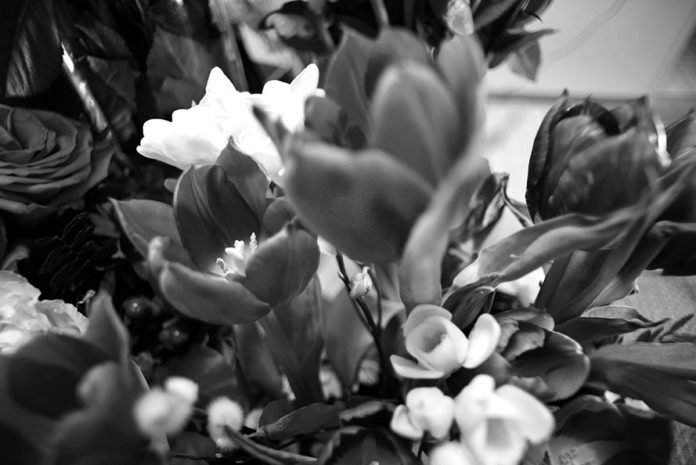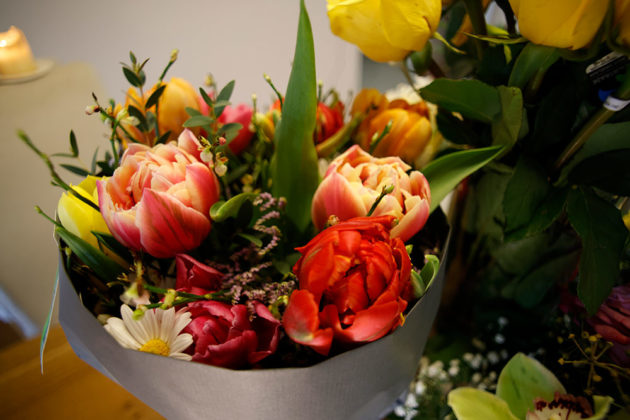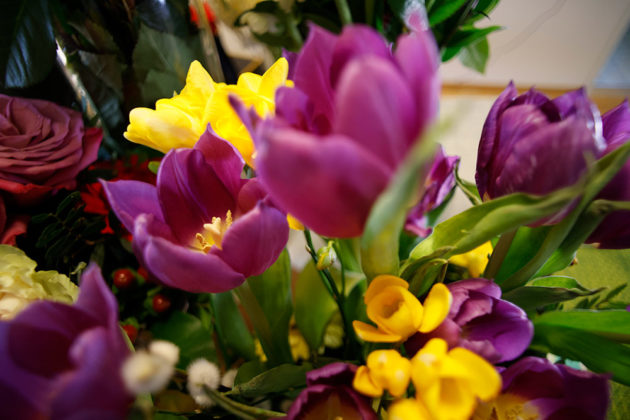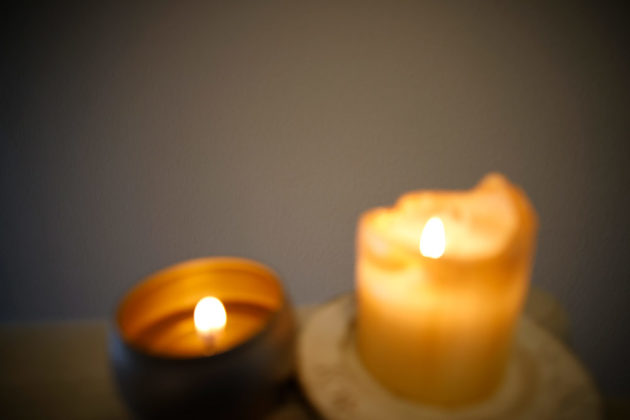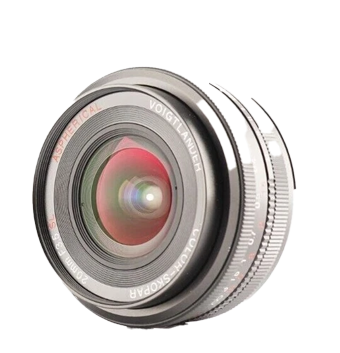Lens overview
The Voigtländer Color‑Skopar 20 mm f/3.5 SL II (Aspherical) is a full‑frame pancake prime introduced in February 2009 for Canon EF, Nikon F (Ai‑S + CPU), and Pentax K‑A. It’s manufactured in Japan by Cosina under the Voigtländer brand—retail listings note the Japanese construction, and independent reviews confirm Cosina as the maker. At just ≈ 63 × 28.8 mm and ~205 g, it’s unusually compact for a 20 mm. The optical design uses 9 elements in 6 groups (1 aspherical) with a 9‑blade diaphragm, focuses to 0.20 m (≈ 1:9), takes 52 mm filters, and covers a 94° diagonal field of view.
Pricing: At launch, the U.S. street price was about $499–$549; on today’s used market, clean copies typically list around $260–$600, depending on mount and condition.
Mount behavior: EF copies use electronic aperture control from the camera, while Nikon/Pentax versions retain a mechanical aperture ring + CPU (metering and focus confirmation on native bodies).
Announcement: February 2009 (SL II). A later cosmetic refresh SL II N arrived in 2012 (primarily Nikon/EF), but this review covers the original SL II version.
Build and ergonomics
The Skopar is genuinely pancake‑small yet all‑metal. The fluted focus ring runs smoothly with light damping; the front does not rotate, so filters are easy. The dedicated LH‑20 hood is optional and very shallow. Overall handling is excellent for travel kits or anytime you want a minimal footprint.
Optical performance
- Sharpness — Perfect center at f/3.5; corners are soft at maximum aperture, improving significantly at f/5.6 and best around f/8. Expect a touch of field curvature, wide‑open.
- Color & contrast — Neutral, clean rendering; reviewers note reasonable CA control and decent flare resistance for such a tiny ultra‑wide (better still when stopped down).
- Bokeh & rendering — Not a blur‑centric lens, but at 0.20 m you can make close‑foreground compositions with smooth transitions; the 9‑blade iris helps the geometry when stopped down.
- Flare & ghosting — Generally well‑controlled for a pancake ultra‑wide; the hood helps around hard light sources.
- Distortion & vignetting — ~1.9% barrel with a mustache component (trickier to correct ideally) and strong vignetting (~2.9 EV) at f/3.5, easing as you stop to f/8.
Digital adaptation (necessary for mirrorless use)
- Canon EF version → mirrorless (RF/E/Z/L): Use an active EF adapter so the body can control the electronic aperture and pass EXIF. Passive tubes won’t control the iris.
- Nikon F (Ai‑S+CPU) → mirrorless (Z/E/RF/L): A simple F‑to‑mirrorless ring keeps infinity; set aperture on the lens. (CPU contacts won’t pass through most passive adapters).
- Pentax K‑A → mirrorless: A simple K‑to‑mirrorless ring works; you can use the aperture ring (or “A” position where supported).
- IBIS tip: Set 20 mm in‑body stabilization menus.
Historical and collector context
The SL II line brought manual‑focus, metal‑barrel pancakes to the DSLR era. The 20/3.5 SL II launched in 2009; a cosmetic SL II N update followed in 2012. The optical formula and close‑focus capability made it a favorite for travel/landscape shooters who prefer tiny primes over zooms. Discontinued now, it remains common on the used market.
Impressions
Use it as a packable travel/landscape tool. For best results, compose at f/5.6–8; keep fine detail out of the extreme corners at f/3.5–4. Exploit the 0.20 m MFD for near‑foreground drama, and carry the LH‑20 hood when working around the sun. If you value size, filters, and simplicity, this lens’s files punch above what its dimensions suggest.
Sample Photos
Pros
- Tiny pancake footprint; 52 mm filters and 0.20 m close‑focus
- Neutral rendering (if this is what you want); solid results by f/5.6–8
- Made in Japan metal build; straightforward mirrorless adaptation (EF needs an active adapter)
Cons
- Heavy vignetting at f/3.5; corners soft until f/5.6–8, see example
- Mustache‑type barrel distortion complicates perfect correction
- Manual focus only; EF version requires an active adapter off‑system


